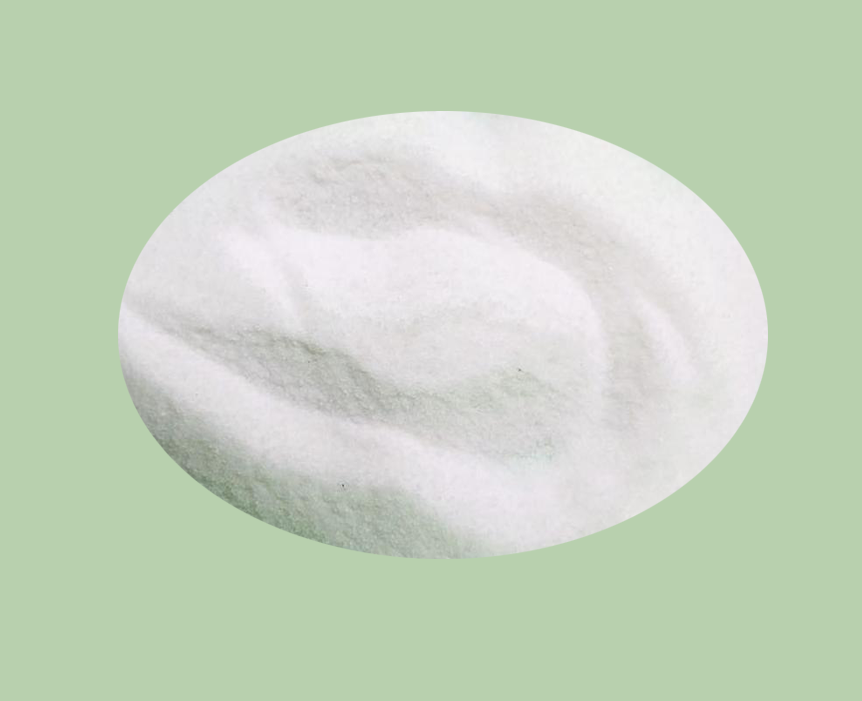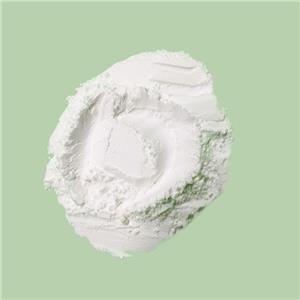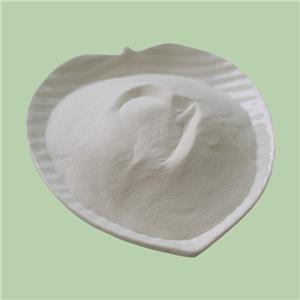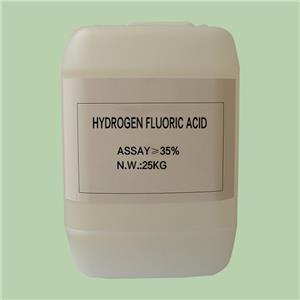Ammonium Fluorosilicate in Weed Control
Ammonium fluorosilicate, commonly known as ammonium silicofluoride, serves as a foundational component in the formulation of numerous weed killers. Its widespread use is attributed to its exceptional efficacy in controlling unwanted vegetation and its compatibility with various weed control strategies. In this discourse, we'll delve into the multifaceted aspects of ammonium fluorosilicate, including its role in weed killers, mechanism of action, chemical reactions upon application, and the array of advantages it offers over alternative herbicidal agents.
Why Choose Ammonium Fluorosilicate in Weed Killers?
The utilization of ammonium fluorosilicate in weed killers is underpinned by its exceptional efficacy in impeding the growth of unwanted vegetation. This compound exhibits a remarkable ability to infiltrate the leaves of targeted plants, inhibiting vital physiological processes and ultimately leading to their demise. Furthermore, its compatibility with complementary herbicides enhances its overall potency, making it a preferred choice for weed control strategies.

The mechanism of action of ammonium fluorosilicate unfolds through a series of intricate processes upon application. Initially, as the compound is sprayed onto the foliage of weeds, it permeates the leaf surface and gains entry into the plant's internal structure. Subsequently, within the plant cells, it undergoes dissociation, releasing ammonium and fluorosilicate ions. The presence of ammonium ions alters the pH environment within the cells, inducing a state of alkalinity. This shift in pH facilitates the influx of fluorosilicate ions, which disrupt cellular integrity by causing osmotic imbalance and eventual cell lysis. This multifaceted approach ensures a thorough and systematic eradication of targeted weeds.
The release of ammonium and fluoride ions from ammonium fluorosilicate instigates a cascade of reactions within the targeted plant. Ammonium ions entering the cells lead to an increase in pH, triggering the release of hydrogen ions. These hydrogen ions, in turn, react with water molecules present in the cell, forming hydronium ions. The interaction between hydronium ions and hydroxide ions within the cell results in the formation of water molecules, culminating in cellular swelling and eventual rupture.
Advantages of Ammonium Fluorosilicate:
The incorporation of ammonium fluorosilicate in weed killers offers a plethora of advantages over conventional herbicidal agents. Firstly, its unparalleled effectiveness in inhibiting weed growth ensures comprehensive control and eradication. Secondly, its ease of application, often through standard equipment such as backpack sprayers or garden hoses, enhances operational efficiency for both residential and agricultural applications. Moreover, its cost-effectiveness, requiring minimal quantities to achieve desired results, translates into significant savings for users.
Ammonium fluorosilicate emerges as a cornerstone in modern weed control strategies, owing to its potent efficacy, intricate mode of action, and practical advantages. While its mechanism of action may be complex, its ability to deliver targeted and thorough weed eradication makes it indispensable. However, prudent and responsible usage, alongside adherence to safety protocols, remains imperative to ensure sustainable weed management practices.
- Fluoride Salt
- Ammonium Fluoride
- Sodium Fluoride
- Potassium Fluoride
- Sodium Hydrogenfluoride
- Potassium Bifluoride
- Magnesium Fluoride
- Aluminium Fluoride
- Barium Fluoride
- Lithium Fluoride
- Strontium Fluoride
- Nickel Fluoride
- Zinc Fluoride




